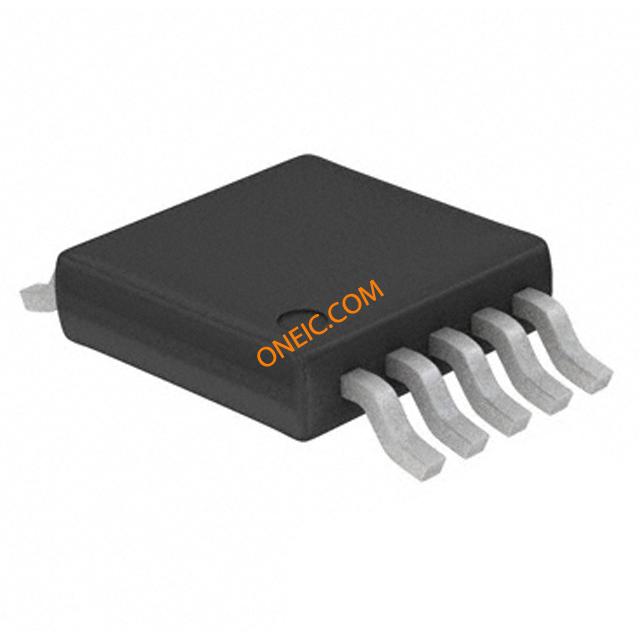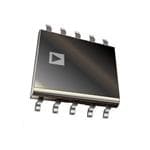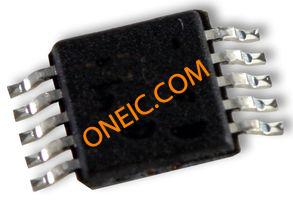AD7983BRM
16-bit single SAR analog-to-digital converters in 10-pin MSOP packages
Manufacturer: ['rochester', 'analog-devices']
series introduction
# AD7983BRM Product Series Introduction
## 1. Overview
The AD7983BRM is a high - performance product series from Analog Devices, renowned for its excellence in the field of data acquisition. This series is specifically designed to meet the demanding requirements of various applications where accurate and fast analog - to - digital conversion is crucial.
## 2. Key Features
### High - Resolution Conversion
The AD7983BRM offers a high - resolution analog - to - digital conversion. It typically provides a resolution of up to 16 bits. This high resolution allows for the precise measurement of analog signals, enabling the detection of even the smallest changes in the input signal. For example, in sensor applications where the measured physical quantity may have very fine variations, such as in temperature or pressure sensing, the 16 - bit resolution ensures that these subtle changes are accurately captured and converted into digital data.
### Fast Sampling Rate
It features a relatively fast sampling rate. This means that it can quickly sample the input analog signal at regular intervals. A high sampling rate is essential in applications where the input signal is changing rapidly, such as in audio processing or high - speed data acquisition systems. The ability to sample at a fast rate ensures that the digital representation of the analog signal is as accurate as possible, minimizing the loss of information due to undersampling.
### Low Power Consumption
Power efficiency is a significant advantage of the AD7983BRM series. In today's energy - conscious world, especially in battery - powered applications or systems where power consumption needs to be minimized, this feature is highly valuable. The low power consumption not only extends the battery life of portable devices but also reduces the overall heat dissipation in the system, which can improve the reliability and longevity of the components.
### Wide Input Voltage Range
The product series supports a wide input voltage range. This flexibility allows it to be used with a variety of analog signals, whether they are low - voltage signals from sensors or higher - voltage signals from other sources. For instance, in industrial control systems, where different types of sensors may output signals with varying voltage levels, the wide input voltage range of the AD7983BRM makes it a suitable choice for integrating multiple sensors into a single data acquisition system.
### On - Chip Reference
The AD7983BRM comes with an on - chip reference. This internal reference provides a stable and accurate voltage reference for the analog - to - digital conversion process. Having an on - chip reference eliminates the need for an external reference component, which simplifies the circuit design, reduces the board space requirements, and also improves the overall system reliability by minimizing the potential for external interference.
## 3. Functional Block Diagram and Working Principle
### Block Diagram
The main components of the AD7983BRM include an analog input stage, a sample - and - hold circuit, an analog - to - digital converter (ADC) core, and a digital output interface. The analog input stage is responsible for receiving the input analog signal and conditioning it to a suitable level for further processing. The sample - and - hold circuit samples the input analog signal at the appropriate time and holds its value constant during the conversion process. The ADC core then converts the held analog value into a digital code. Finally, the digital output interface transmits the converted digital data to the external system.
### Working Principle
When an analog signal is applied to the input of the AD7983BRM, the sample - and - hold circuit is triggered at a specific sampling rate. It captures the instantaneous value of the analog signal and holds it steady. The ADC core then performs a series of operations to convert this held analog value into a 16 - bit digital code. This conversion process typically involves comparing the input voltage with a set of reference voltages and using a successive approximation algorithm to determine the digital representation
Images for reference

10-TFSOP, 10-MSOP

Image Preview

Image Preview